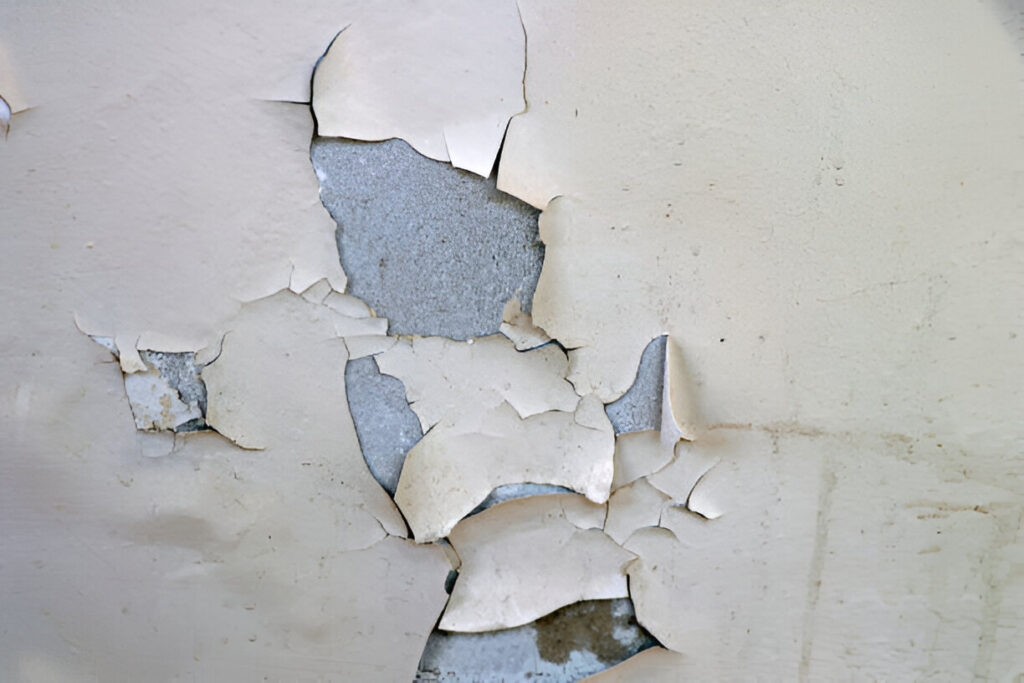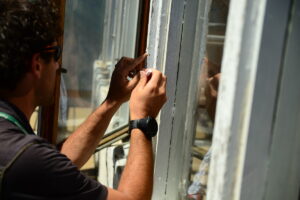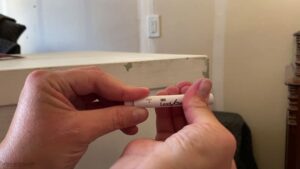If you’re planning a lead inspection, you probably want to know how long it’ll take. Whether you’re a landlord staying compliant or a homeowner making sure your space is safe, understanding the timeline can help you plan ahead. A lead inspection in NYC typically takes around 1 to 3 hours for a standard apartment, but larger properties or additional tests may extend the time.
In this blog, we’ll break down different factors that influence how long your lead inspection will take, so you know exactly what to expect.
Duration of a Lead Paint Inspection
1. Size of the Property
The size of your property is one of the biggest factors affecting the inspection time. A small apartment or single-family home may only take an hour or so, while a large multi-unit building can take several hours to complete. Inspectors must check every relevant surface, including walls, doors, windows, and other painted areas.
The more rooms and surfaces there are, the longer it takes to conduct a thorough assessment. In some cases, properties with multiple floors or extensive painted surfaces may require additional inspectors to speed up the process.
2. Inspection Method Used
Lead inspections can be done using different methods, each with its own time requirements. X-ray fluorescence (XRF) analyzers provide instant results, allowing inspectors to assess surfaces quickly. This is the fastest method and is commonly used for compliance inspections.
On the other hand, paint chip sampling involves physically removing small paint samples and sending them to a lab for analysis. While the sampling itself may not take long, waiting for lab results can add several days to the overall process.
3. Extent of the Inspection
Some lead inspections are limited to specific areas, while others require a full assessment of the entire property. For example, if only a single room is suspected of containing lead paint, the inspection may be quick. However, if a landlord needs a complete inspection for compliance reasons, the process will take longer.
In-depth inspections may also include checking common areas, stairwells, and basements, especially in multi-unit buildings. The more comprehensive the inspection, the longer it will take to ensure every surface is properly evaluated.
4. Accessibility of Surfaces
The ease of accessing painted surfaces can impact the inspection time. If walls, windows, or doors are blocked by furniture, cabinets, or heavy objects, inspectors may need additional time to reach those areas.
In cases where inspectors need to move objects or work around built-in fixtures, the process can slow down significantly. Property owners can help streamline the inspection by ensuring clear access to all relevant surfaces before the inspector arrives.
5. Regulatory Requirements in NYC
NYC has strict lead paint regulations, especially for rental properties built before 1960 or those where children under six reside. In some cases, inspectors must follow additional guidelines that add extra time to the process.
If an inspection is being done for legal compliance, the inspector may need to complete detailed paperwork and verify that all necessary areas are tested. This administrative work can extend the total time beyond just the physical inspection itself.
Also Read: What Is XRF Lead Testing? The Most Accurate Method to Detect Lead Paint
6. Additional Testing Requirements
Some inspections go beyond just paint testing. If there’s a concern about lead dust or soil contamination, inspectors may need to take additional samples. This includes dust wipe sampling, which involves collecting dust from surfaces to check for lead residue.
Soil testing may also be required if there are concerns about lead contamination in outdoor areas, especially near older buildings with peeling exterior paint. These extra tests can add to the total inspection time and may require additional lab analysis.
7. Condition of the Property
The overall condition of the property plays a big role in how long an inspection takes. If paint is peeling, chipping, or deteriorating, inspectors will need to spend extra time assessing the extent of the issue and determining which areas require testing.
Properties that are well-maintained with intact paint surfaces are usually quicker to inspect. However, if there are significant problem areas, inspectors may need to conduct additional tests to confirm the presence of lead.
8. Preparation Before the Inspection
Property owners can help speed up the inspection process by preparing in advance. Removing obstacles, unlocking doors, and ensuring access to all painted surfaces can prevent delays.
Having relevant documents, such as previous inspection reports or maintenance records, readily available can also help inspectors complete their work more efficiently. A well-prepared property allows the inspection to be completed faster with minimal interruptions.
Also Read: What To Do After a Lead Clearance Fails
Need Help With Lead Paint Inspections in NYC?
Making sure your property is lead-safe is important for compliance and health. At Manhattan Lead, we offer fast, reliable, and thorough lead paint inspections in NYC. Our skilled team uses advanced testing methods to deliver accurate results quickly, giving you peace of mind.
Make sure your property meets safety standards—contact us today to schedule your lead inspection!




